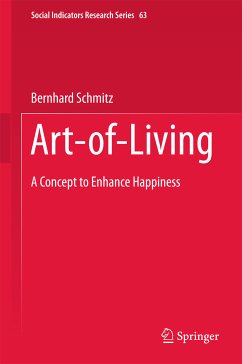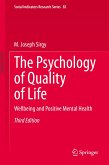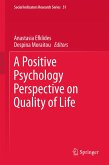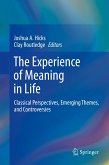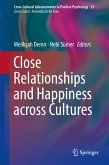This volume examines the questions of what constitutes a good life and how one can achieve happiness and well-being, and analyses different ways in which people can strive for a good life. First, it presents an overview on important concepts in psychology that are related to living a good life. Then, a new approach is introduced: the concept of art-of-living as a holistic way to reach happiness. Empirical studies are reported involving a questionnaire for measuring art-of-living, and the validity of the questionnaire is demonstrated with respect to a wide range of concepts. In addition, the volume provides results from empirical studies, showing that, and how, art-of-living and happiness can be enhanced. Several intervention studies are described in detail, which have been performed with different groups of subjects, including pupils, university students and employees. Also, results of interviews are summarized, which were held with people who had been nominatedas exemplary artists-of-living. The volume concludes with a description of art-of-living in autobiographies, and presents suggestions for further research with respect to art-of-living.
Dieser Download kann aus rechtlichen Gründen nur mit Rechnungsadresse in A, B, BG, CY, CZ, D, DK, EW, E, FIN, F, GR, HR, H, IRL, I, LT, L, LR, M, NL, PL, P, R, S, SLO, SK ausgeliefert werden.
Es gelten unsere Allgemeinen Geschäftsbedingungen: www.buecher.de/agb
Impressum
www.buecher.de ist ein Internetauftritt der buecher.de internetstores GmbH
Geschäftsführung: Monica Sawhney | Roland Kölbl | Günter Hilger
Sitz der Gesellschaft: Batheyer Straße 115 - 117, 58099 Hagen
Postanschrift: Bürgermeister-Wegele-Str. 12, 86167 Augsburg
Amtsgericht Hagen HRB 13257
Steuernummer: 321/5800/1497
USt-IdNr: DE450055826
Bitte wählen Sie Ihr Anliegen aus.
Rechnungen
Retourenschein anfordern
Bestellstatus
Storno

